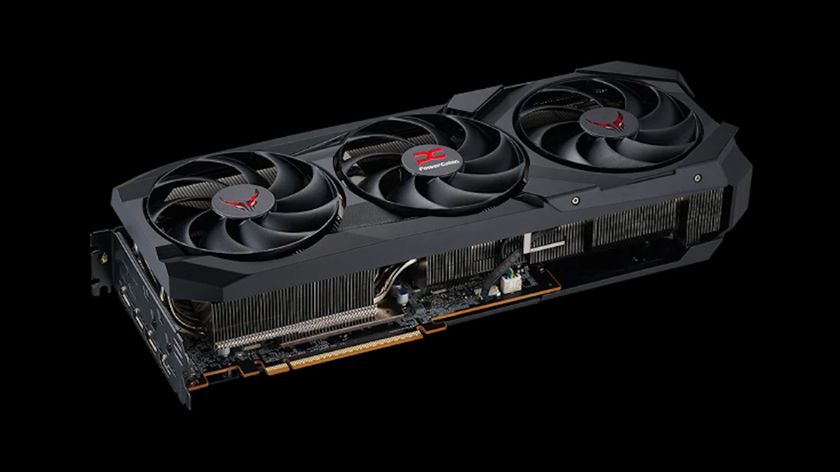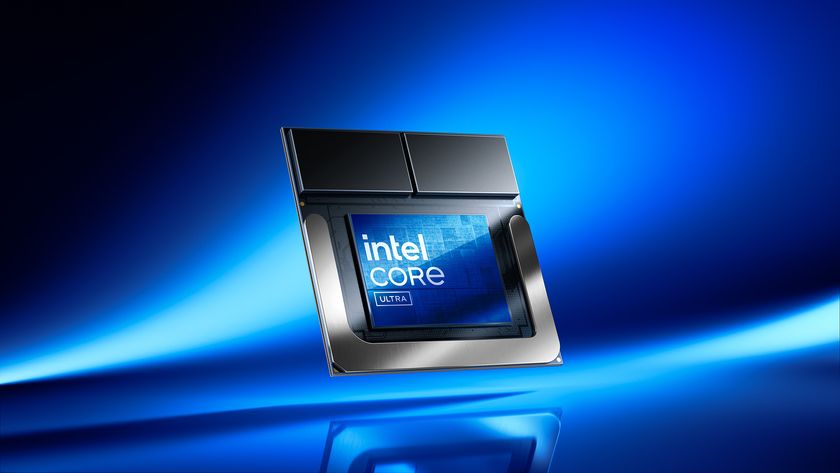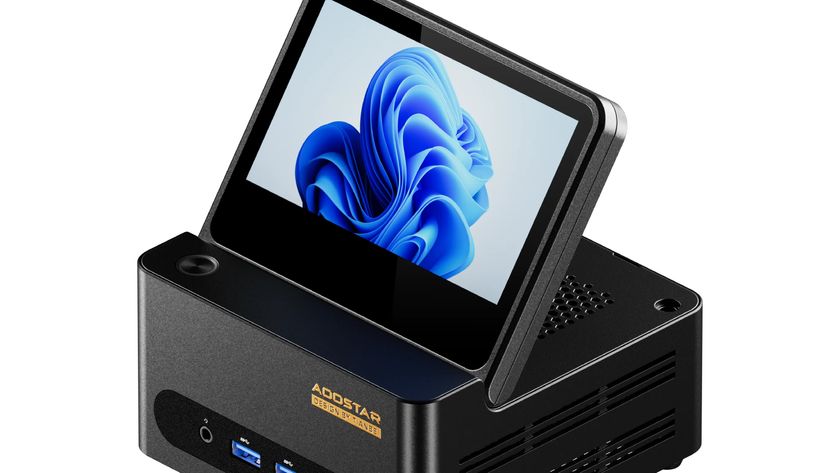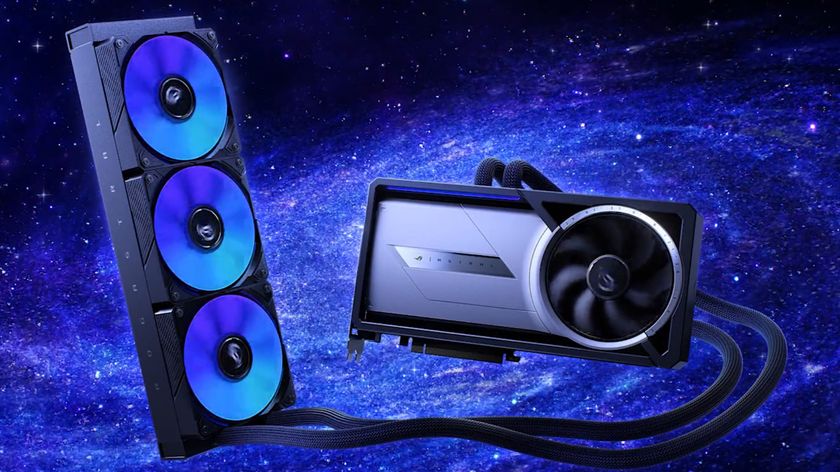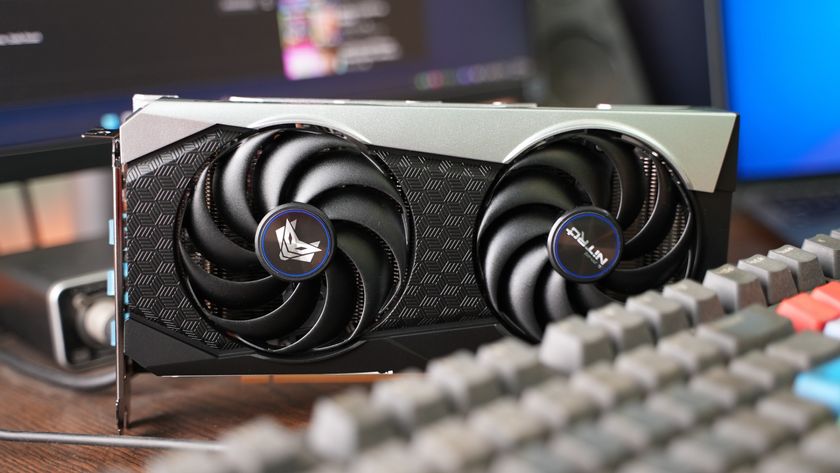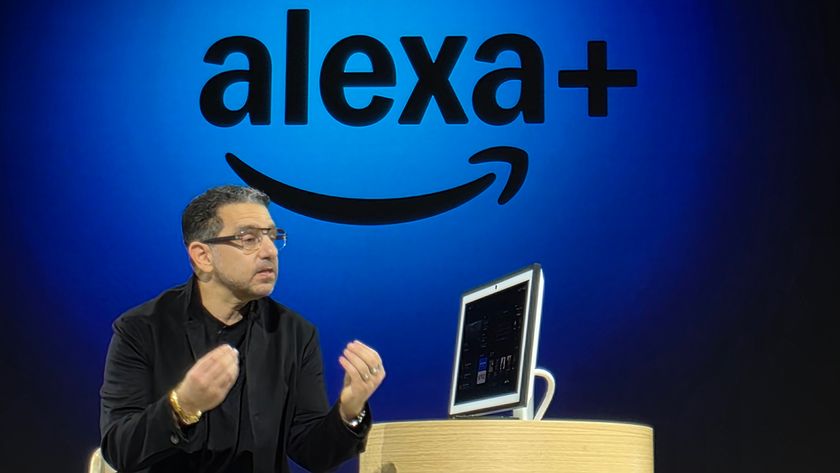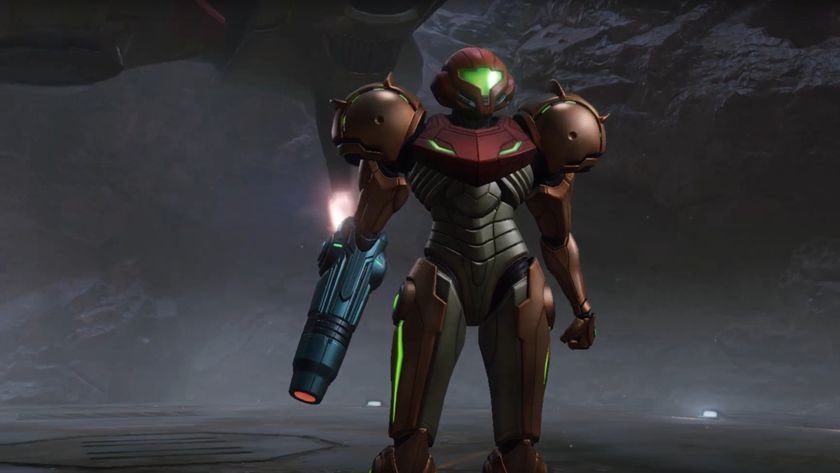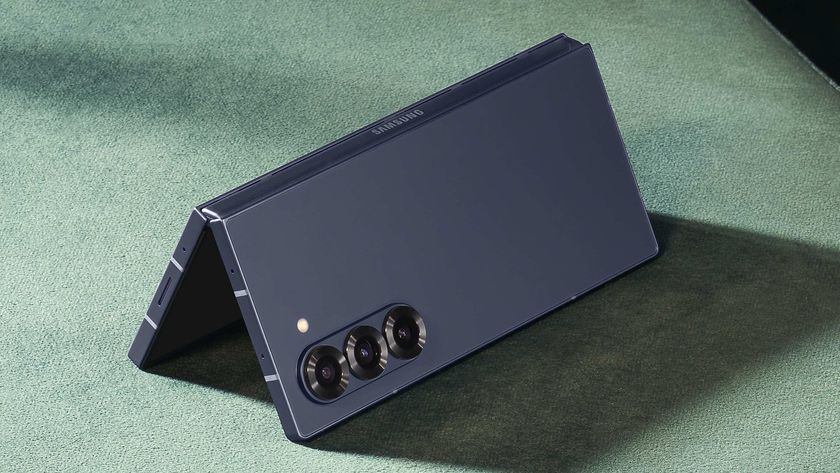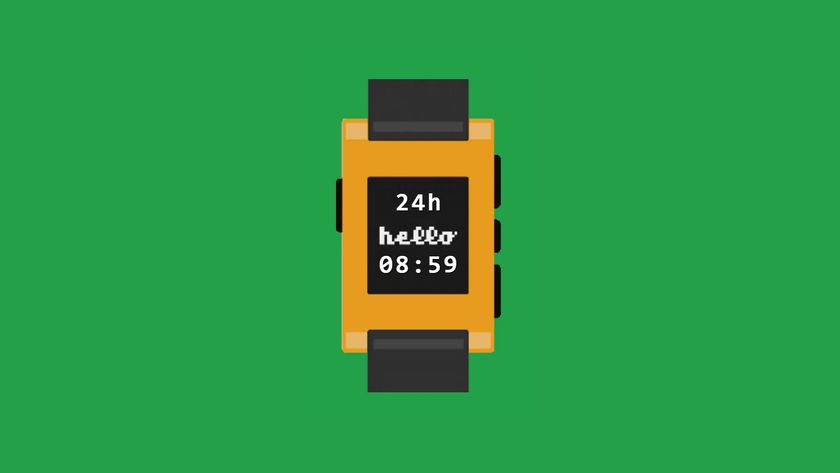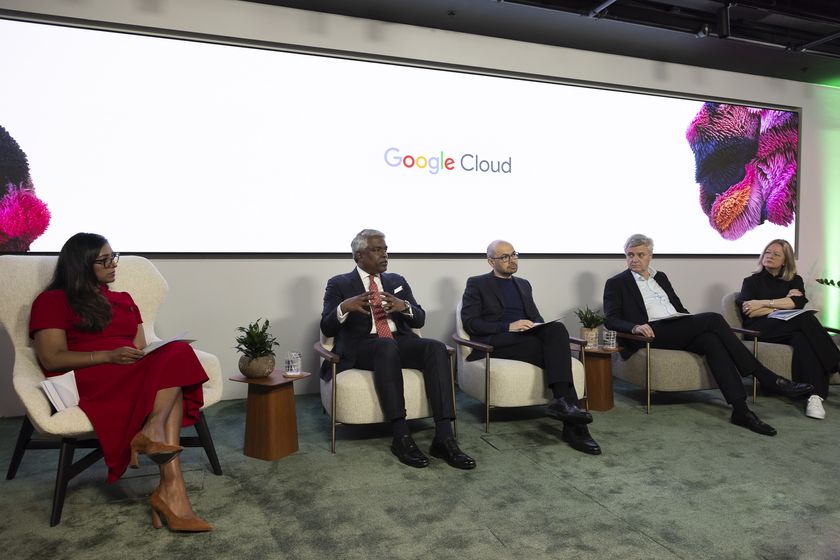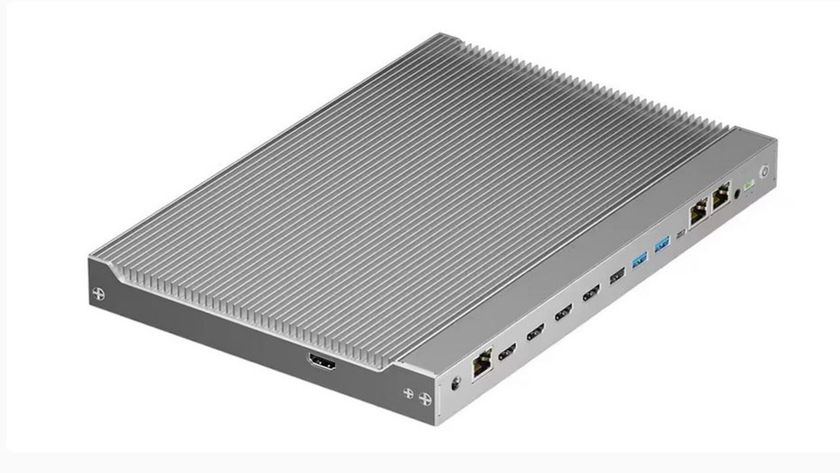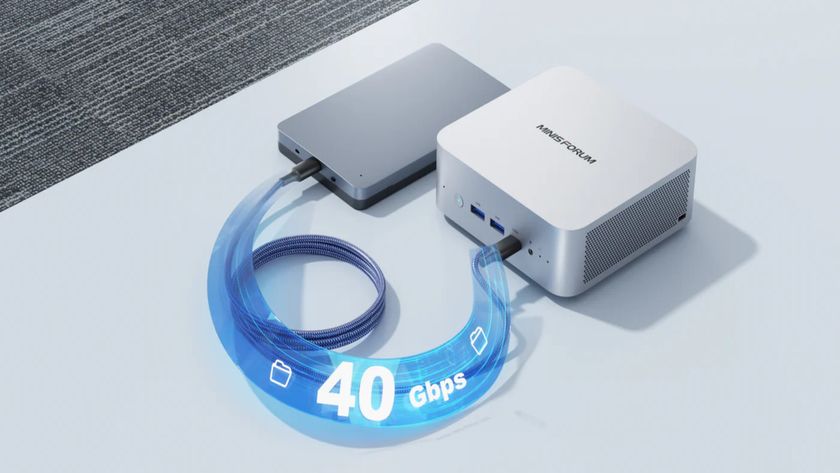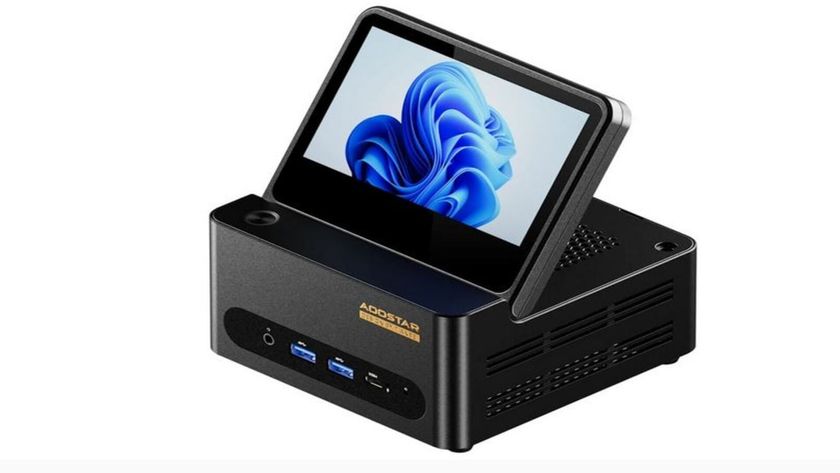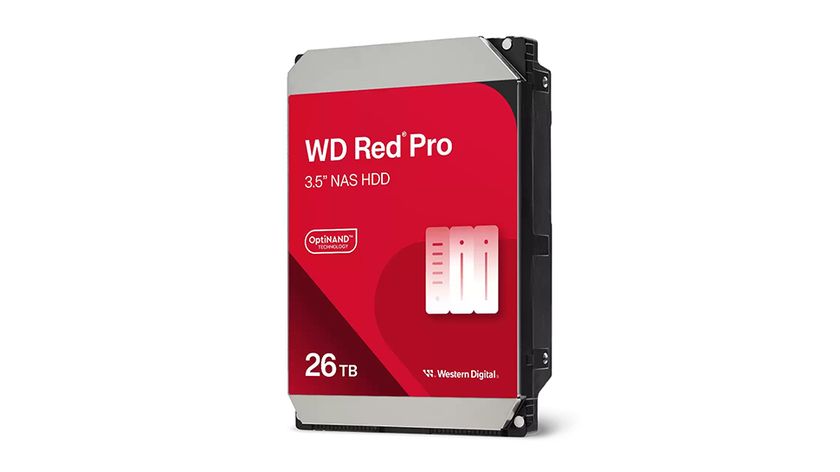IBM creates a chip less than three times the width of a DNA molecule
Restarting Moore’s Law
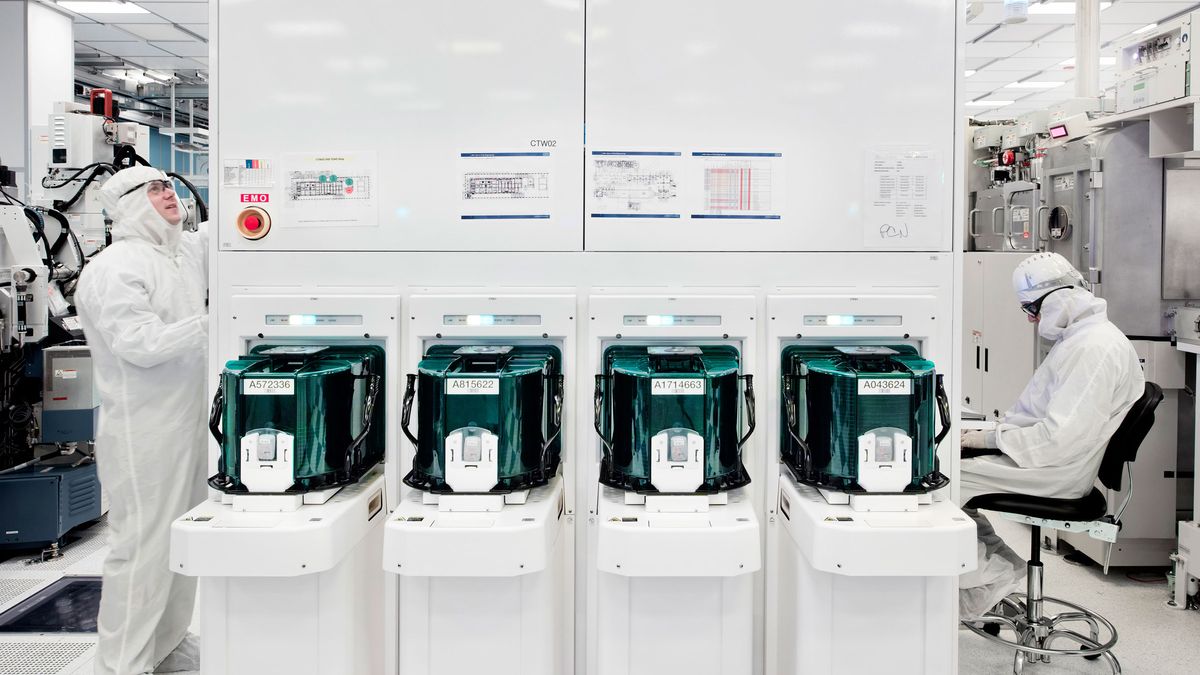
IBM has released information about a new design for transistors that could change the future of technology. It has managed to create silicon nanosheets that can be built as small as 5 nanometers thin.
In case you’re wondering how small that is in real terms, a nanometer is one billionth of a meter. A single blood cell is 7,000 nanometres wide.
For a long time the industry has been progressing at a rate that follows the law stated by Intel co-founder Gordon Moore that the number of transistors in a square inch of integrated circuits would continue to double every two years. However, progress has slowed recently and this has led many people to believe that we are entering a post Moore’s law world.
The reason that Moore’s law is important is that computational power can only increase when the number of transistors increases, and many of the technologies that are being worked on at the moment - AI and self-driving cars to name two - are dependant on computational power that we don’t yet have.
Smaller, smaaaaaller
When the CEO of semiconductor manufacturing company VLSI, Dan Hutcheson spoke to Wired, he said: “The world’s sitting on this stuff, artificial intelligence, self-driving cars. They’re all highly dependent on more efficient computing power. That only comes from this type of technology. Without this, we stop.”
But developing new technologies isn’t the only benefit of a more powerful chip, it also means great power savings. According the the official press release: “Compared to the leading edge 10nm technology available in the market, a nanosheet-based 5nm technology can deliver...75 percent power savings at matched performance.”
That means that if this new chip replaced the chip in your phone, it would be able to run it on one quarter of the power, meaning the battery could potentially last four times as long.
Get daily insight, inspiration and deals in your inbox
Sign up for breaking news, reviews, opinion, top tech deals, and more.
This would obviously be a very welcome addition to the phone market where battery charge length is one of the biggest gripes that people have with smartphones, and the technology has met something of a brick wall thanks to the chemical makeup of lithium-ion batteries.
By the looks of things this new technology isn't going to be available commercially until 2019 at the earliest, so you've got a while to wait before you've got it in your phone, but we'll keep you up to date with any advancements as and when we hear about them.
Andrew London is a writer at Velocity Partners. Prior to Velocity Partners, he was a staff writer at Future plc.
